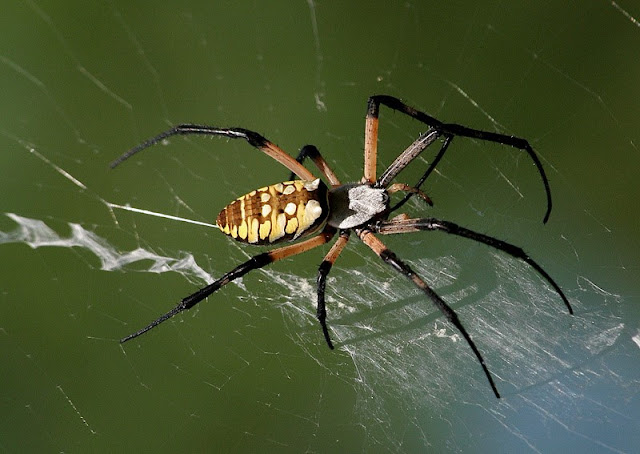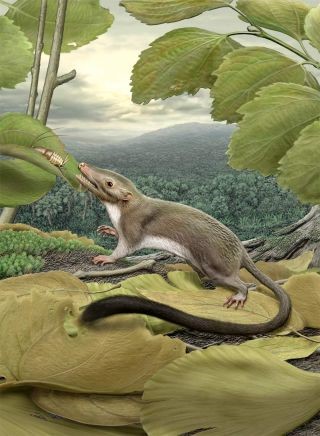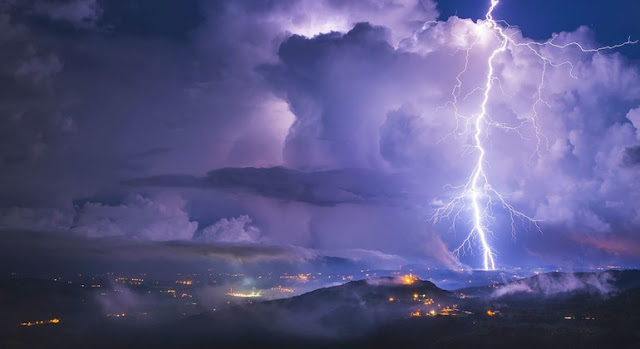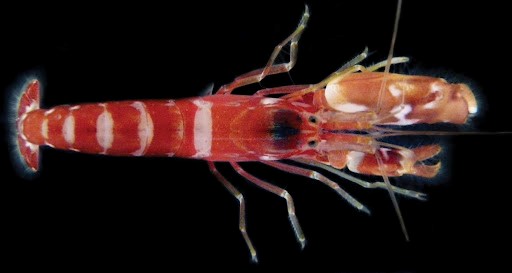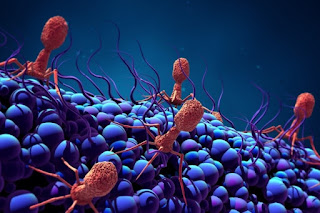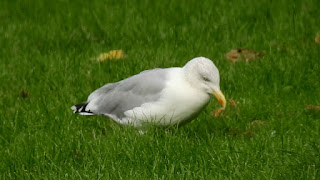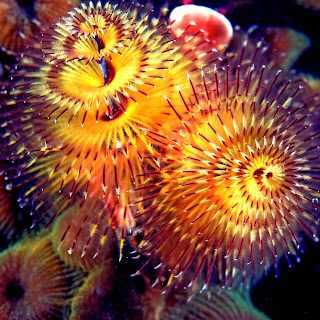Huge Whales! Tiny Ears.
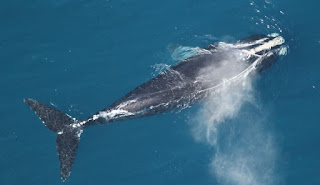
North Atlantic Right Whale. Photo Credit: Florida Fish and Wildlife Conservation Commission, NOAA research permit #15488 Whales, porpoises, and dolphins (collectively known as cetaceans) demonstrate incredible adaptations to obligate marine lifestyles. Their streamlined bodies facilitate efficient swimming, flippers aid in steering, blubber provides warmth, and respiratory anatomy allows them to submerge for long periods without breath. With a plethora of increasingly optimized systems, scientists are looking towards cetaceans for innovative strategies to function underwater. One recent line of inquiry focuses on marine mammals’ ears. How do mammals hear? When mammals perceive sound, we are processing waves created by vibrations. As matter oscillates, particles scatter, creating areas of densely and loosely packed atoms. To continue bumping into one another, sound requires a constant medium to travel through— like air, water, and some penetrable solids. Sound travels fastest thro
